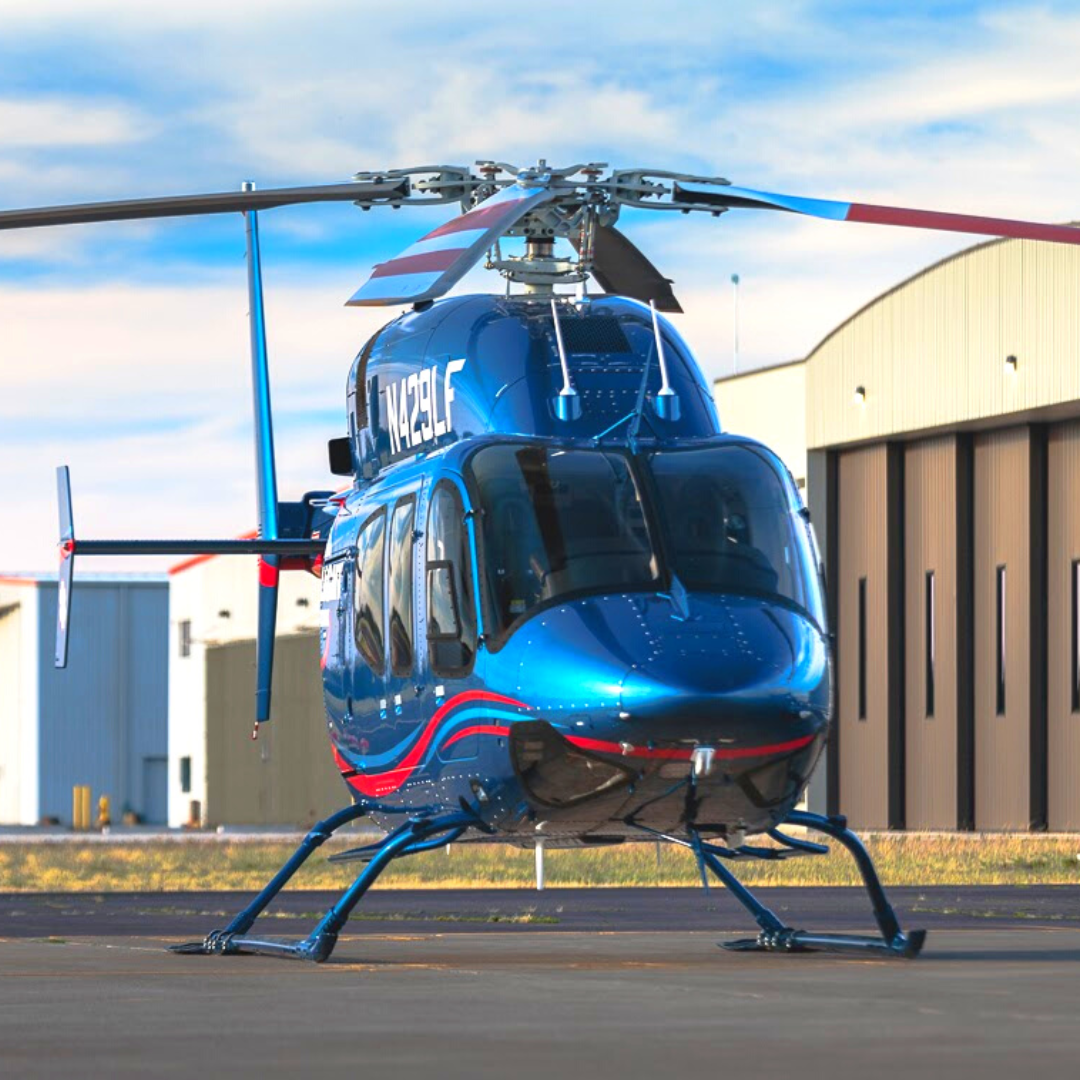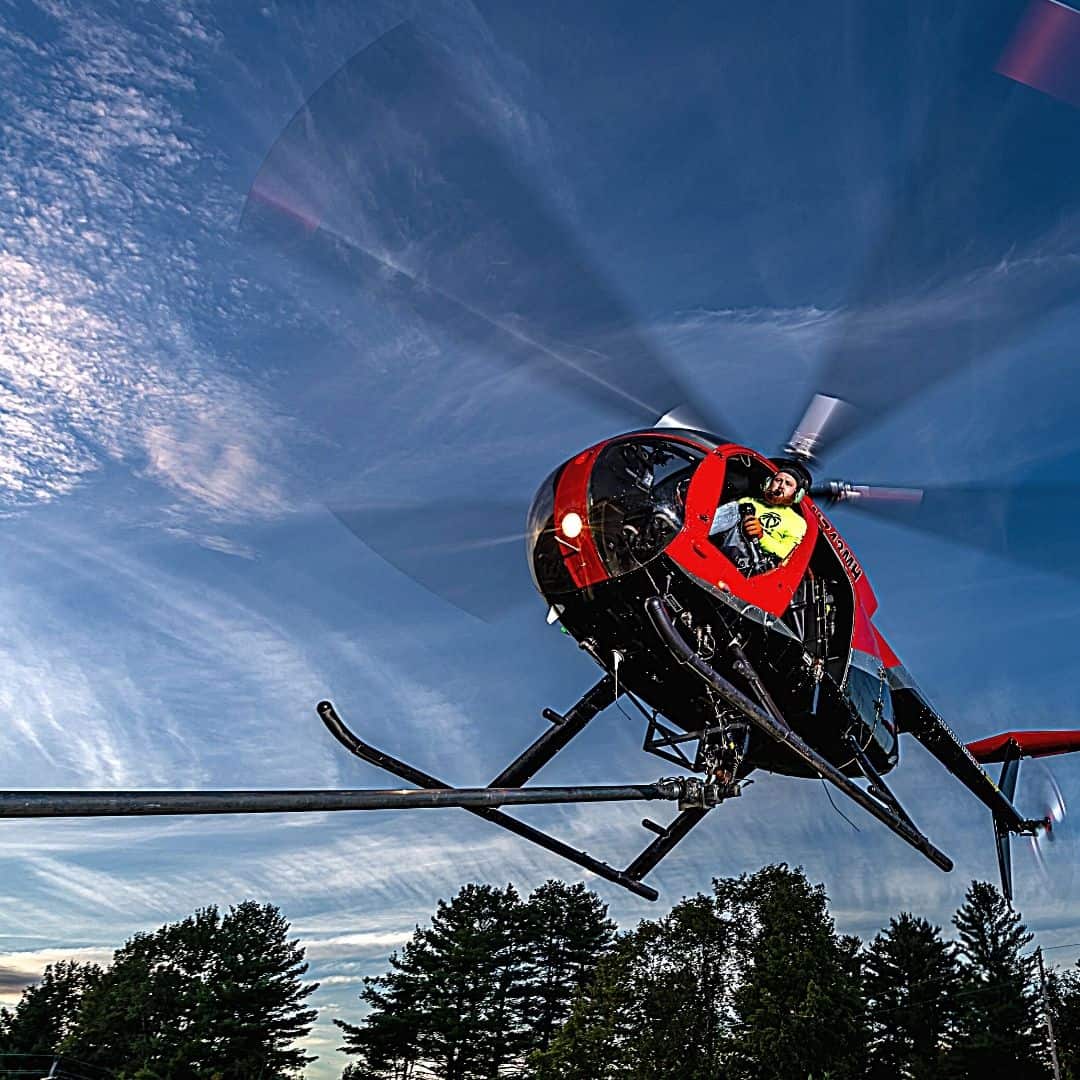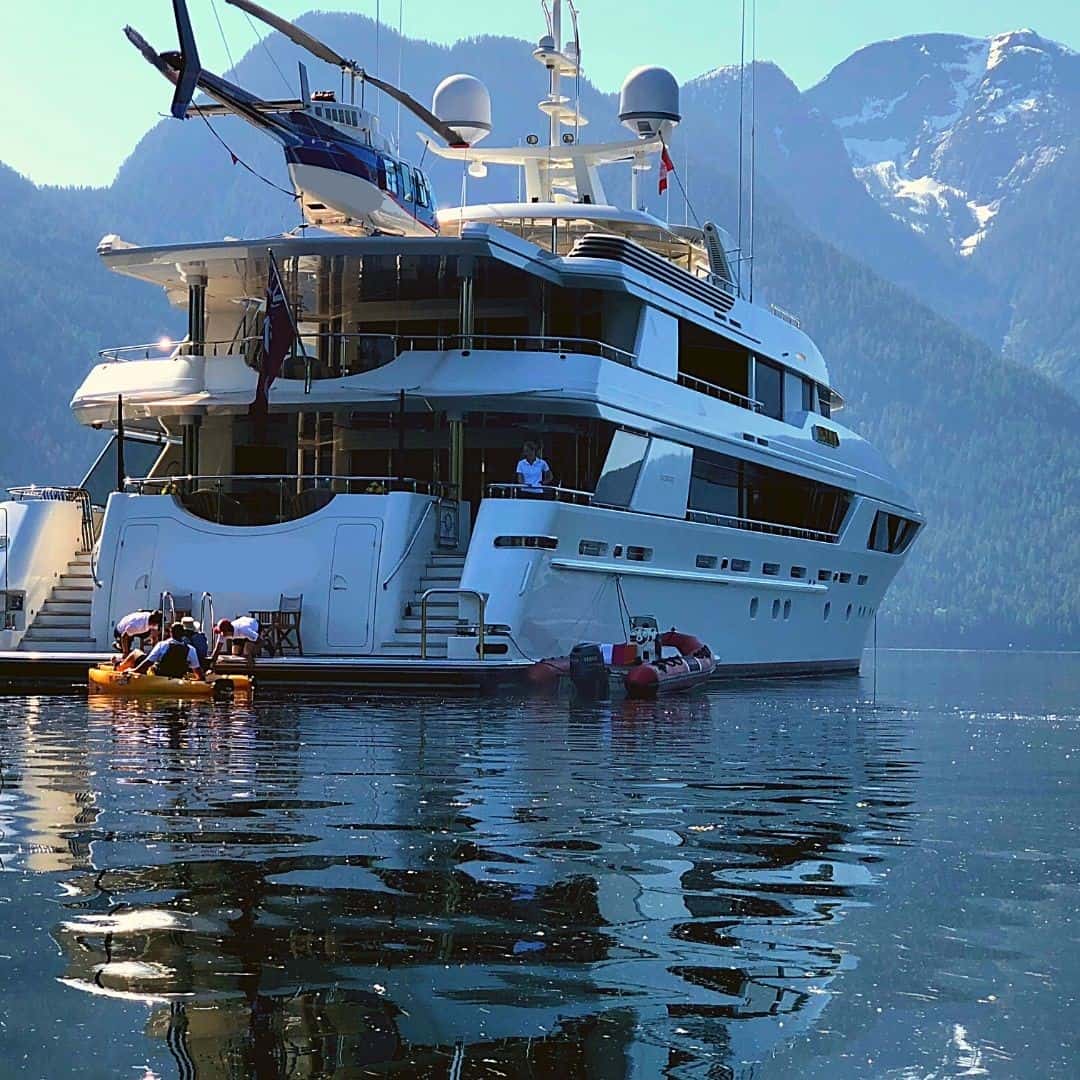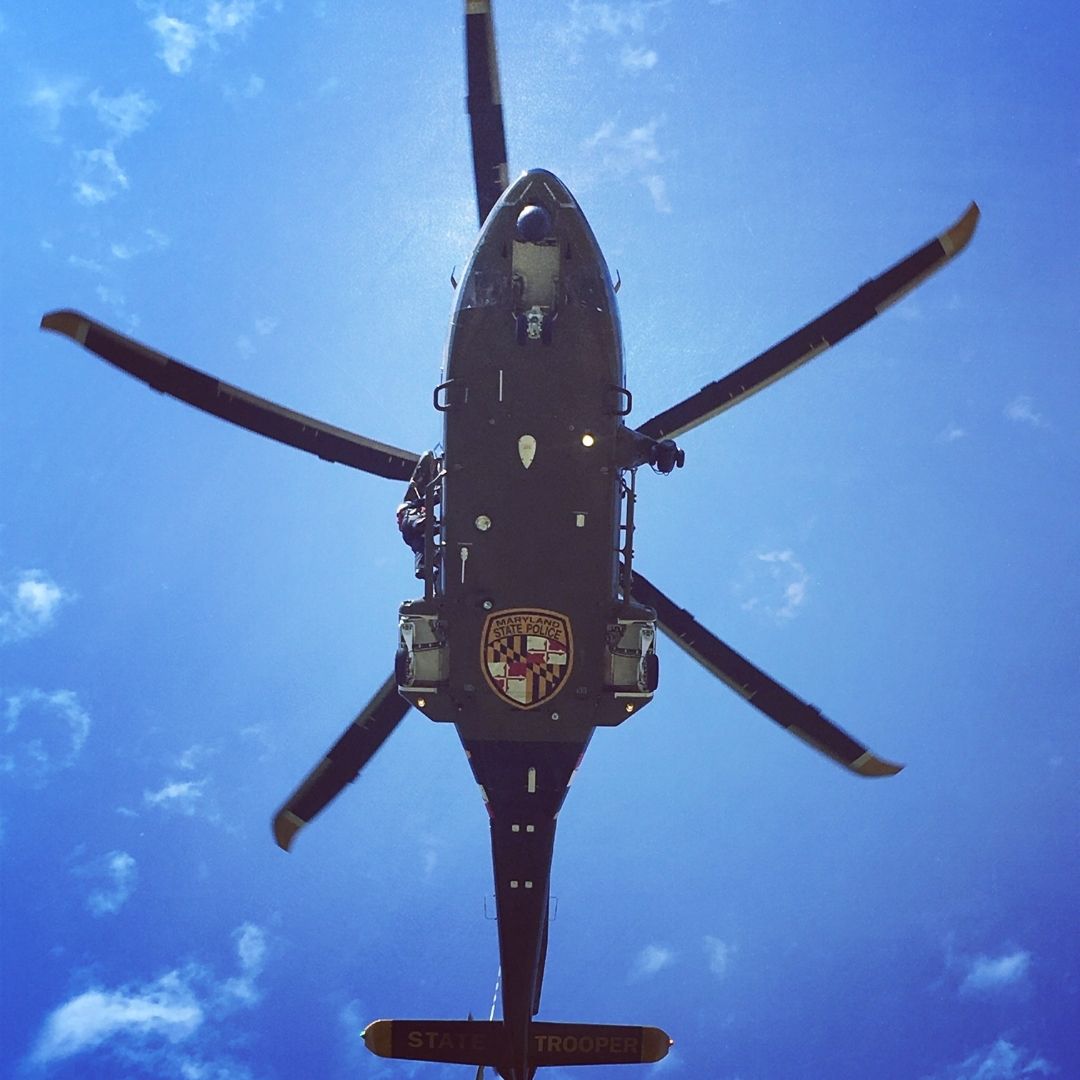Air Ambulance Pilot Preflight
My day begins about 15 minutes prior to the start of my 12-hour shift. I arrive at base and receive a pass-down brief from the off-going pilot. We review which of my medical crew teammates will be on shift with me, the weather forecast for the area, and any upcoming maintenance needs the aircraft may have. Once we’ve concluded our morning brief, the off-going pilot hands over the aircraft logbook, the iPad (electronic flight bag), night vision goggles, and the push to talk phone that we use to communicate with our Communications Center and Operational Control Center. He or she then signs out for the day. I am now the Pilot in Command for the next twelve hours.
My next steps include logging in to our flight management software, which assigns myself and the medical crew to the base aircraft, completing a static risk assessment (reviewing crew experience, crew currencies, aircraft configuration and any fatigue or stress) and review of the aircraft logbook and maintenance tracking software. Regular weather checks and monitoring continue throughout the day. Now that I have completed the necessary safety checks and duties at the desk, I head out to the aircraft to complete my preflight checks and perform base fuel system inspections.
Crew Briefing
At the conclusion of my preflight duties, I round up my crew for our joint aircrew briefing. We start out by addressing any personal issues that may affect our operations such as illness, fatigue, stress or any other significant event. Everyone needs to be able to perform at the highest level and we will not risk anyone’s safety for our pride. Daily check in’s with each other ensure we have an opportunity to call out if we are not well enough to perform. We discuss what each of our duties will be at launch, on scene, during patient loading, and across our upcoming 12 hours together. When our crew briefing is complete, I gather my equipment and standby for a flight request. Our goal is to launch within 8 minutes during the day and 10 minutes at night. To accomplish this, my equipment must be ready to go and my process for checking weather and launching must be efficient without sacrificing safety.


Work Environment
Our shift style is similar to that of a fire station. We are at the ready for when the call comes in but there is down time between calls, allowing us to accomplish other tasks and rest. ‘Down’ time for me can include completing assigned computer based training or studying company procedures and policies. If no studying is needed, I will spend time hanging out with my teammates, cook some food, read, watch TV or try to catch a quick nap. Of course the aircraft needs to be washed frequently and there are always base chores to accomplish.
When we are activated for a flight, I am contacted by our Communications Center, notifying me of the type of request: either an inter-facility transfer or a scene call. Inter-facility flights are more common, usually involving the transport of a patient from a smaller, more rural hospital to a higher level of care. Scene calls involve transporting a patient from the scene of a trauma or other time sensitive medical emergency, like a car accident, climbing fall, heart attack or stroke.


The Teamwork
Once I’ve been notified of the request for transport, I check weather and determine if it’s safe to fly. Weather permitting, I will accept the request. Before departure I must complete weight and balance calculations for the aircraft and my dynamic risk assessment, which includes current weather, type of flight request, and any other factors that could add risk to the flight. These factors are also reviewed by our Operational Control Center, and they must provide final approval to fly. Once received, I head to the aircraft to complete my walk around which involves checking for anything on the aircraft that is unsecured or out of place as well as securing any loose items that could be kicked up during takeoff. The medical crew is required to complete a walk around as well. After walk arounds, we load into the aircraft, I complete my pre-flight check list, and I confirm that the medical crew is ready for departure.
If the transport is inter-facility, I will land the aircraft on either a roof top or ground helipad. If the helipad is secured, I will enter the facility with the med crew where they make contact with the requesting team and the patient. Teamwork is a pillar of our organization and is crucial to our operations. I try to help the med crew out as much as possible by carrying equipment or helping load the patient. Once the patient is loaded in the aircraft and prepared for flight, we depart for the receiving hospital. While en route, I’m focused on flight safety and communicating with ATC facilities while my crew takes care of the patient in back. Once we arrive at the receiving hospital the process is reversed, and we deliver the patient to a location where they can get the care they need.


For scene flights, determining where we land requires additional evaluation. Crews on the ground will assist us in establishing a landing zone but the pilot in command is ultimately responsible for where the aircraft touches down. We do fly overs to assess the safety of the area, looking for hazards like power lines, unsecured debris, terrain and bystanders, among other things. In addition to hazards, we must ensure the landing zone is secured and any vehicle traffic or personnel on the scene are controlled. Once on scene, the med crew makes contact with the first responders on the ground and assigns an individual to act as a tail rotor guard to prevent any personnel from approaching the rear of our aircraft. We keep the aircraft running to expedite the time spent on the ground so as to get the patient to a hospital as quickly as possible. Our goal is to be on the ground no more than 10 minutes. Once the patient is loaded we depart the scene and head to the hospital where we deliver the patient to receive the care they need.


Ready for the next call
Once the patient has been delivered to the hospital, we immediately begin to prepare for the next transport. We may return to base or we could be dispatched directly from hospital, depending on fuel and medical supply levels. Weather permitting, it’s not uncommon for me to complete multiple flights during my 12 hour shift. During bouts of poor weather, I may not fly for a couple of days
As I get close to the end of my shift I prepare to brief my oncoming pilot and prepare the aircraft to be handed off to the oncoming pilot. I work a 50/50 schedule, with seven days on (split between day and night shifts) and seven days off. There’s no greater job in the world – I go to work each day knowing I may help to save a life. On top of that, I work with some of the greatest people and have a schedule that allows me to spend time with my family. I’m grateful every day to be part of this amazing organization.
More from Life Flight Network...
Life Flight Network Service Area
Click the link below to learn more about Life Flight Network Careers.
Author: Life Flight Network
Life Flight Network, a not-for-profit air medical transport service, has helicopter, fixed-wing, and ground ambulance bases throughout Oregon, Washington, Idaho, and Montana






